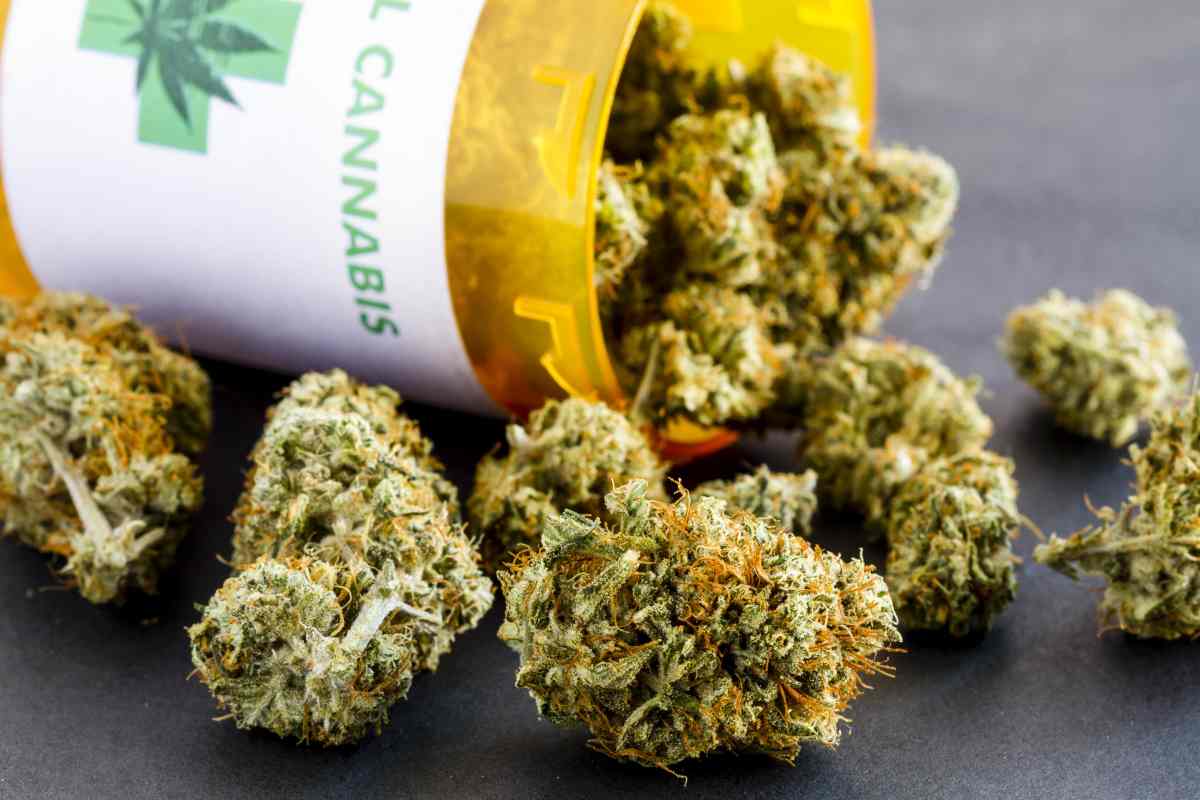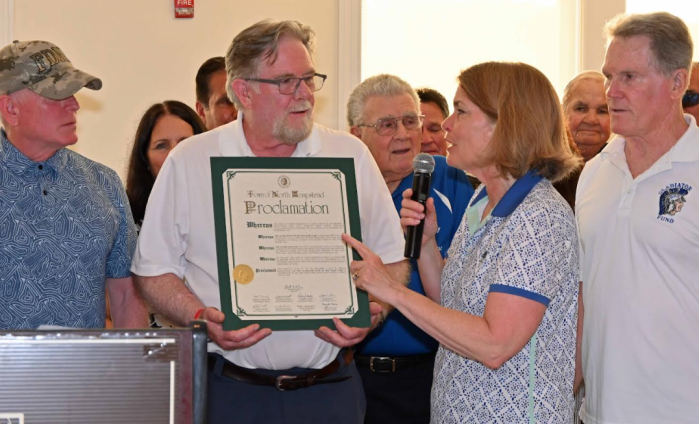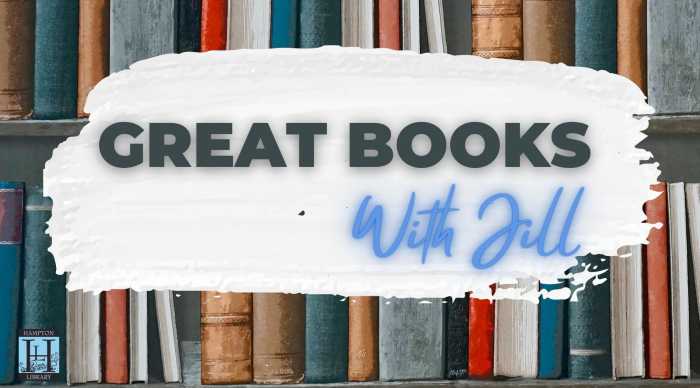Can medical marijuana help with the current opioid epidemic? Gov. Andrew Cuomo thinks so.
The potential link between marijuana and opioid addiction treatment is well documented. Multiple studies have indicated that for those struggling with chronic pain, marijuana could be a viable, nonaddictive alternative to opioids such as OxyContin, Vicodin or heroin. Medical marijuana has also been shown to help with the temporarily debilitating symptoms of opioid withdrawal — nausea, vomiting, spasms, cramps, and insomnia.
So, when New York State Health Commissioner Howard Zucker told the governor that medical marijuana offers a less harmful opioid replacement for recovery from opioid use disorder, Cuomo listened.
“In this battle against the opioid epidemic, it is critical that we use every means at our disposal to prevent the unnecessary prescription of these dangerous and addictive painkillers,” Cuomo said in a statement.
In September, the governor signed a bill that allows substance-use disorder treatment providers to recommend medical marijuana to treat pain instead of prescribing opioids. It also adds opiate-use disorder to the list of qualifying conditions for medical marijuana.
“Adding these conditions to the list of those approved for management with medical marijuana will help reduce the risk of addiction and provide suffering New Yorkers the relief they need,” Cuomo said.
Opioid abuse is the leading cause of lethal drug overdose nationwide. In 2015 alone, there were 20,101 deaths attributed to prescription painkillers, as well as 12,990 fatal heroin overdoses.
Nearly 80 percent of heroin users nationwide reported using prescription opioids before initiating heroin use.
In some states with medical marijuana laws, there has been a 24.8 percent drop in opioid overdose deaths. And each year after the medical cannabis law was passed, the rate of opioid overdose deaths continued to decrease, according to a report in the Journal of the American Medical Association.
At least 33 states, Guam, Puerto Rico, and Washington, D.C., have adopted medical marijuana programs.
“Medical marijuana has been shown to be an effective treatment for pain that may also reduce the chance of opioid dependence,” Zucker said. “Adding opioid replacement as a qualifying condition for medical marijuana offers providers another treatment option, which is a critical step in combating the deadly opioid epidemic affecting people across the state.”
Opioid replacement and addiction joins the following 12 qualifying conditions under the state’s Medical Marijuana Program: cancer; HIV infection or AIDS; amyotrophic lateral sclerosis (ALS); Parkinson’s disease; multiple sclerosis; spinal cord injury with spasticity; epilepsy; inflammatory bowel disease; neuropathy; Huntington’s disease; post-traumatic stress disorder; and chronic pain.
This new measure allows patients with severe pain to use medical marijuana as a replacement for opioids. It also allows patients with opioid use disorder who are enrolled in a certified treatment program to use medical marijuana as an opioid replacement.
To “recommend” medical marijuana to patients, practitioners — including doctors, nurse practitioners and physician assistants — must complete a state Department of Health approved course. They must also consult the New York State Prescription Monitoring Program Registry (PMP) prior to issuing a certification.
Patients who are certified by their practitioners must apply to the DOH for a registry identification card. Then, they may visit one of the state’s registered medical marijuana dispensaries.
Plans to add opioid replacement as a qualifying condition for medical marijuana in the state were first announced in June. They went into effect on a temporary basis in July and a 60-day public comment period began in August. As of November 13, there were 80,618 certified patients and 2,020 registered practitioners participating in the program.
In New York, medical marijuana is dispensed in several forms: capsule, liquid, vape, tablets, lozenges and ointments. The products contain varying levels of tetrahydrocannabinol (THC) — the psychoactive component of marijuana.
Dr. Stuart Wasser of Rockville Centre, a certified addiction specialist, says he’s skeptical.
“I believe it may reduce total amounts of opioids used, but I don’t think it will reduce absolute number of people using opioids,” he says. “In my experience, cannabis use leads to enough eіndorphin dysfunction that I would be concerned it would lead to opioid use. All we know is that experienced opioid users use less opioids when on THC, which is probably due to the [THC] having opioid-like properties.”



































